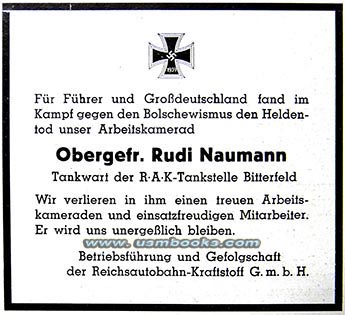DER R.A.K. TANKWART
|
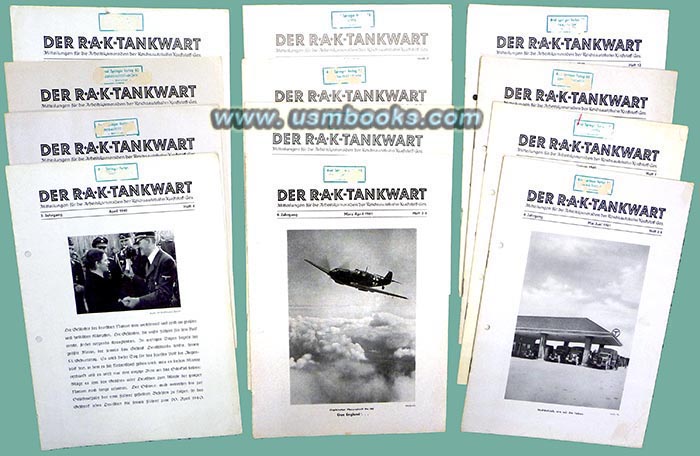 |
FROM 1940 AND 1941 ~ RARE |
 |
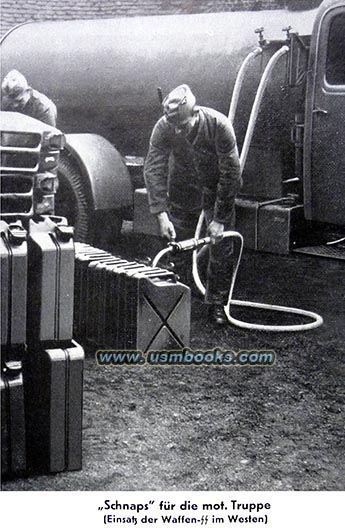 |
On this USMBOOKS web page we offer a lot of 13 very rare World War II issues of DER R.A.K. TANKWART. They are: |
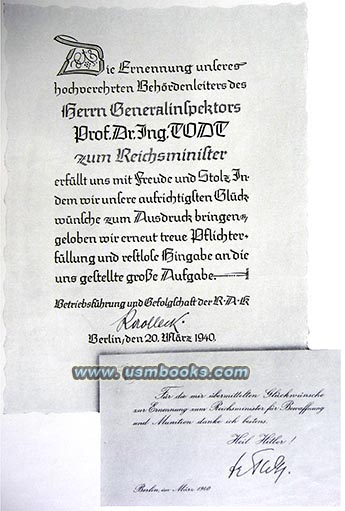 |
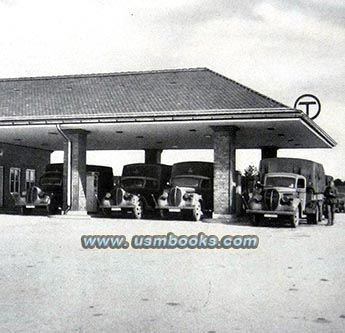
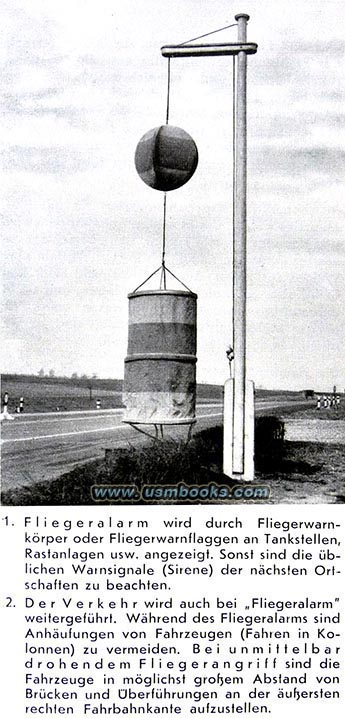 |
| This is a lot of THIRTEEN very rare original 1940 and 1941 issues of DER R.A.K. TANKWART, the monthly publication for employees of the Reichsautobahn-Kraftstoff-Gesellschaft mbH (R.A.K.) or Nazi Freeway Fuel Company. Founded in July 1936, the RAK was headquartered on Potsdamer Platz 1 in Berlin and managed all gas stations on the Reichsautobahn. A Tankwart is a gas station attendant, gas dispenser or pumper and a special school called Tankwartschule was established in 1935 to train future RAK gas station personnel at a gas station and freeway maintenance facility at Michendorf-Süd, south of Potsdam. Depending on the size of the gas station, positions included Haupttankwart (Htw), Obertankwart (Otw), Tankwart (Tw), Jungtankwart (Jtw), Nachttankwarts (Ntw), all of whom attended to the business of dispensing gasoline into automobile gas tanks, among other gas station duties. There was also an Erfrischungsdienst (ED) or Refreshment Service. |
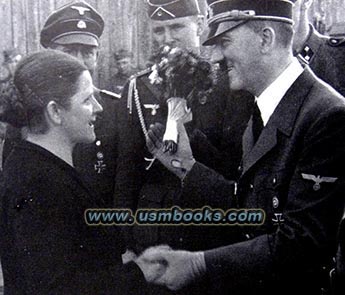 |
| The 7-3/4 x 10-5/8 inch magazine was published by order of Generalinspektor für das Deutsche Straßenwesen, Dr. Ing. Fritz Todt (Inspector General for the German Highways) and Emil Purkhardt was the editor. |
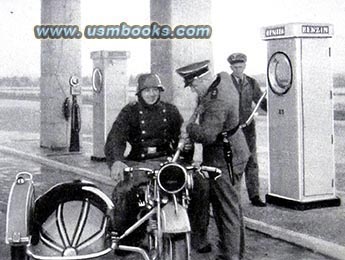 |
| Subjects covered in these issues of Der R.A.K. TANKWART include an explanation on different varieties of fuel for automobiles and trucks, lubrication, the importance of gas station personnel to the Home Front, what to do in case of an accident on the freeway (complete with instruction of how to fill out an accident report), Adolf Hitler’s 51st birthday, .... |
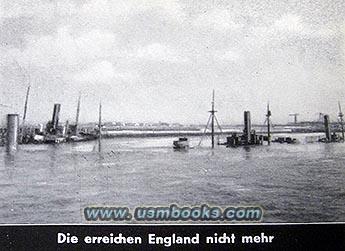
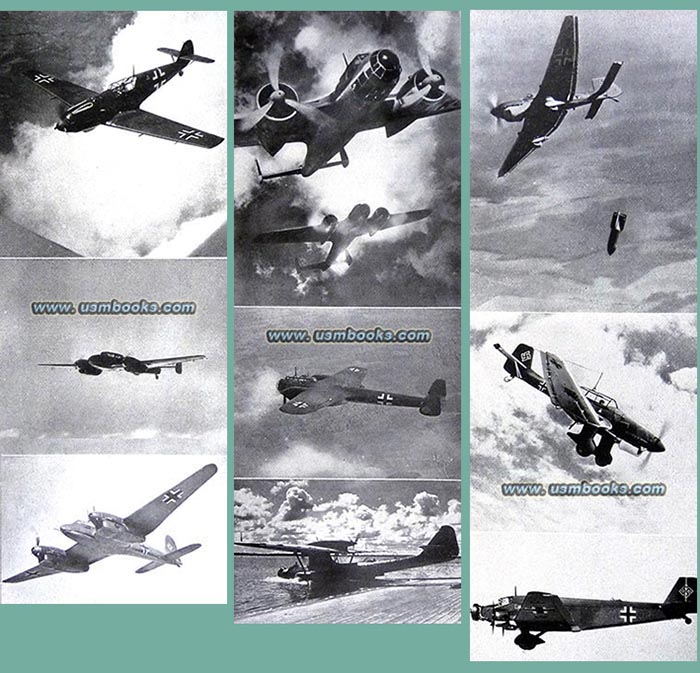
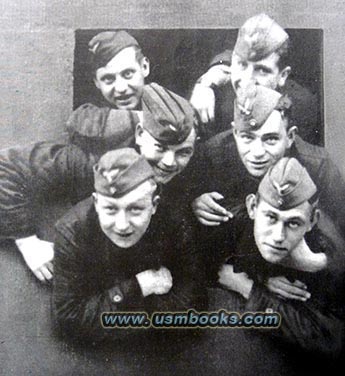
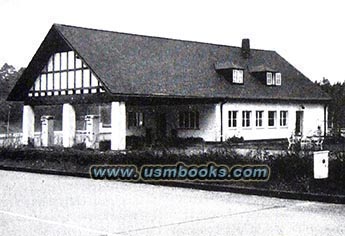
Many of the pictures in these rare RAK-Tankwart magazines are by former gas station employees serving on the Westwall and in the Wehrmacht. They show OT trucks and a Feldtankstelle or mobile gas station, OT bridge and road construction crews, bunkers, destroyed British ships, war damage in Belgium and France, the Maginot Line, artillery positions, exploded and damaged gas tanks, Belgian refugee transports, captured French artillery pieces, Luftwaffe airplanes, gasoline trucks, etc.
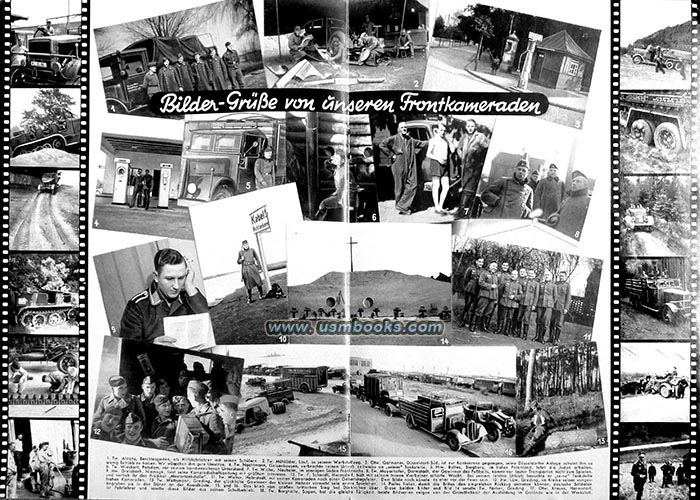
.... Dr.-Ing. Fritz Todt’s promotion to Reichsminister für Bewaffnung und Munition (Armament and War Production Minster, shown above), fuel combustion octane and cetane numbers, changes in the European economy, the start of the Wehrmacht invasion of the West (“to prevent a British-French invasion of the Ruhr area”), research into wear to tires, the increase of car ownership worldwide in 1938 and 1939 using American statistics, important work done by men of the NSKK and Organisation Todt at the front, the armistice of 25 June 1940, crude oil supplies worldwide, instructions on what to do during air raid alarm when driving on the Reichsautobahn (right), the manufacture of spark plugs, a new Krupp engine that makes driving up hill faster possible, the role of trucks during and after the war, gas stations from days gone by, connecting highways to the Avus in Berlin, single and family housing for RAK gas station personnel (complete with architectural designs), the German oil industry, oil storage, compensation for damage caused by British air raids, practical and attractive National Socialist interior design (accompanied by pictures of “good and bad” examples), how to obtain a KdF Wagen (“delivery date unknown”), customer service at the RAK Tankstelle, child support for RAK employees, Our Luftwaffe, keeping gas stations open at night to warm up soldiers, gas generators, the right and wrong way to check oil levels, etc.
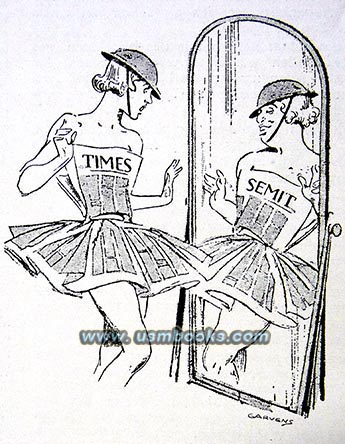
These 13 rare World War II issues of DER R.A.K. TANKWART have a total of 180 heavily illustrated pages. They were stored in a two-ring binder and every issue has the library stamp of the famous German publishing empire Axel Springer Verlag AG on the front cover. Today Axel Springer AG is a multinational media empire! Very nice used condition, no odor.
There are announcements about new employees, promotions, and men and women who left employment at the RAK (including their RAK position and location), as well as announcements about military decorations and promotions for former RAK employees, announcements of RAK employees who died for the Führer und Großdeutschland, etc. Some issues also contain cartoons and caricatures.
Many former RAK gas station employees serving on the Westfront share their war experiences and observations about army life, being in a foreign country, and their new comrades. There is Feldpost from former Nazi freeway gas station attendants serving at the front (most signed with Heil Hitler or Sieg Heil) as well as address requests by RAK employees looking for other RAK Arbeitskameraden serving at the front.
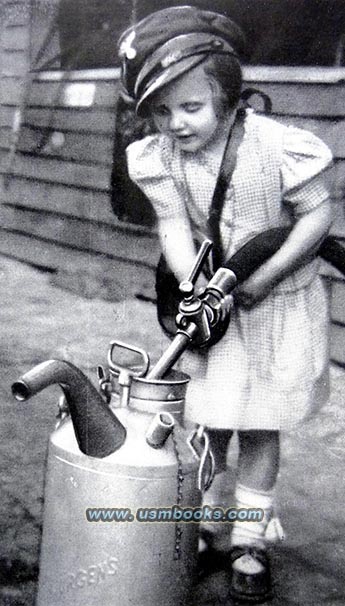 |
and Messerschmitt airplanes that accompany the article Our Luftwaffe in the March/April 1940 issue of Der R.A.K.-Tankwart. |
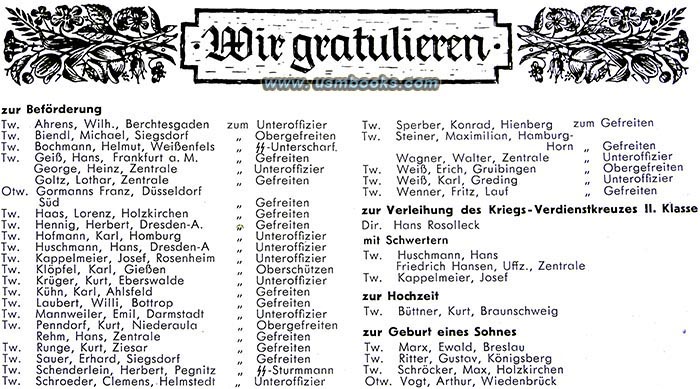
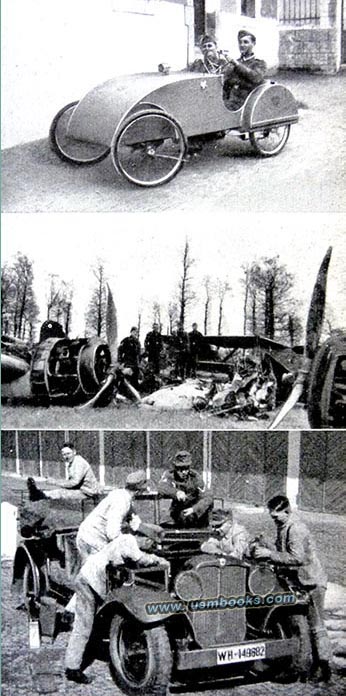
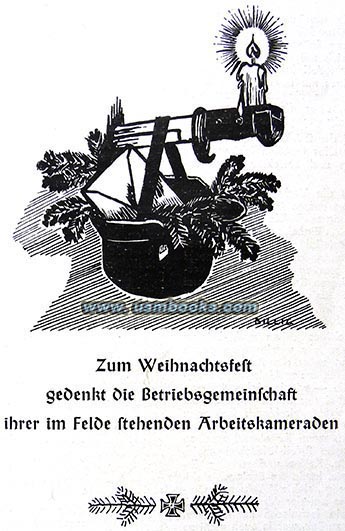
There is an interesting article about the new role of gas stations at the start of the war in the west. It is by a Tankwart from Siegburg who writes that large numbers of privately owned cars were confiscated / taken over by Wehrmacht personnel and repainted, but that many soldiers had no driving or maintenance experience. Increased service included servicing columns of military vehicles as well as being part of an inter-gas station messaging service for the Wehrmacht if important information had to be shared. Increased Wehrmacht traffic meant increased business not only in gas and oil but also in cigarette and automotive parts sales. Another added benefit to gas station work was that sometimes food from a mobile Wehrmacht kitchen was shared with gas station personnel while vehicles were being serviced!
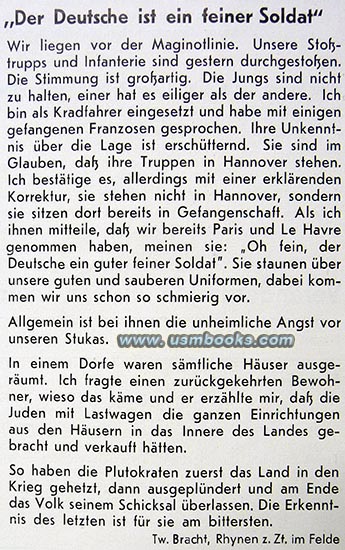 |
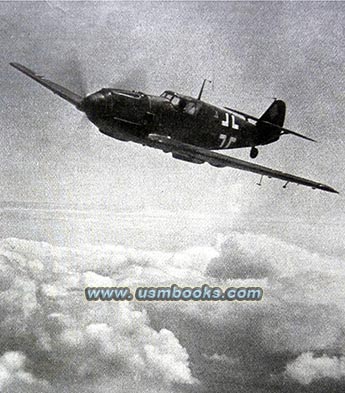 |
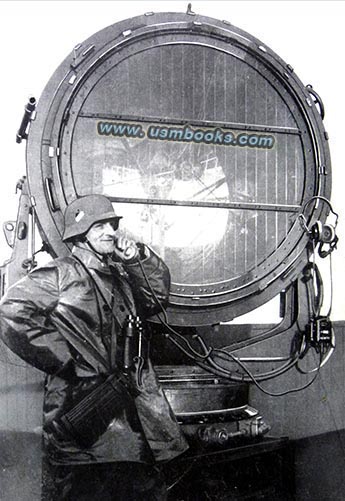
DER R.A.K. TANKWART magazines are extremely rare, we have not seen a single issue for sale in years!
Have a look at original Third Reich photo books on the Reichsautobahn for sale on USMBOOKS.com as well as a variety of other Nazi automotive publications. We are happy to combine shipping of multiple purchases!
for sale for $385.00 plus postage (see options below). |
| •Add $14.95 for Priority Mail shipping with online tracking OR $7.95 for Media Mail. |
| • IF you wish to purchase highly recommended, but optional insurance, add $5.50. |
| • We will be happy to ship abroad at additional cost, however foreign customers are responsible for any VAT payments, import duties & customs clearing fees. Please inquire. |
Eschelböck at the suggestion of Reichsschatzmeister der NSDAP (Nazi Treasurer Franz Xaver Schwarz). It is from the February 1940 issue of Der R.A.K.-Tankwart. |
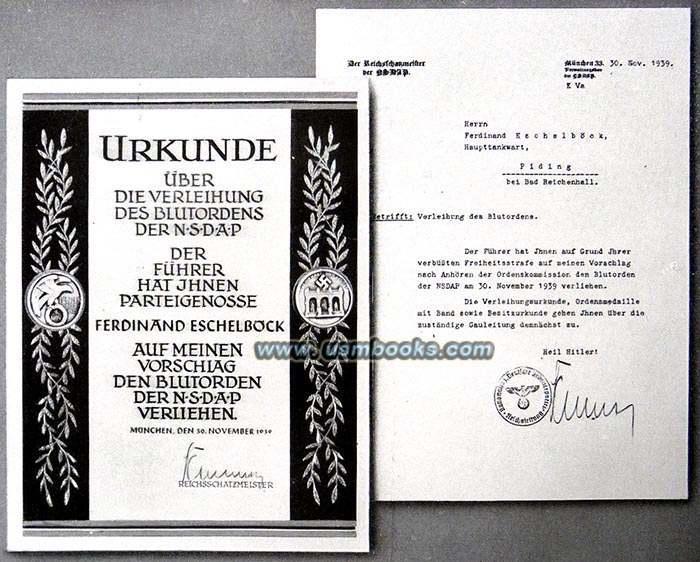 |
recipient Eschelböck on 30 November 1939. Eschelböck was a Haupttankwart at the spa town of Piding near Bad Reichenhall in Bavaria, right across the border from Salzburg. The text under the picture mentions that Eschelböck was “a son of Ostmark” and had been imprisoned for 1-½ years for being an early member of the Nazi Party when that was illegal in Austria. |
